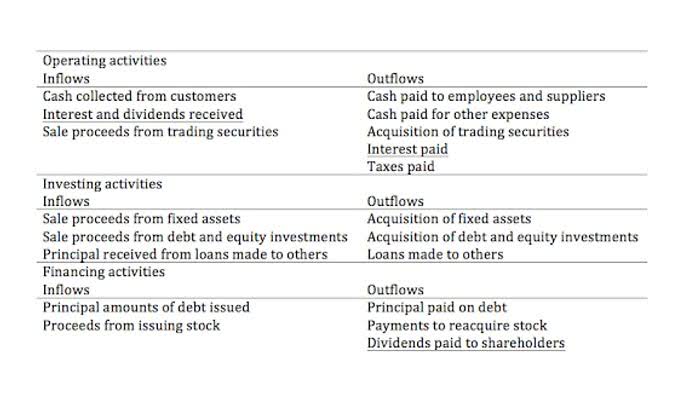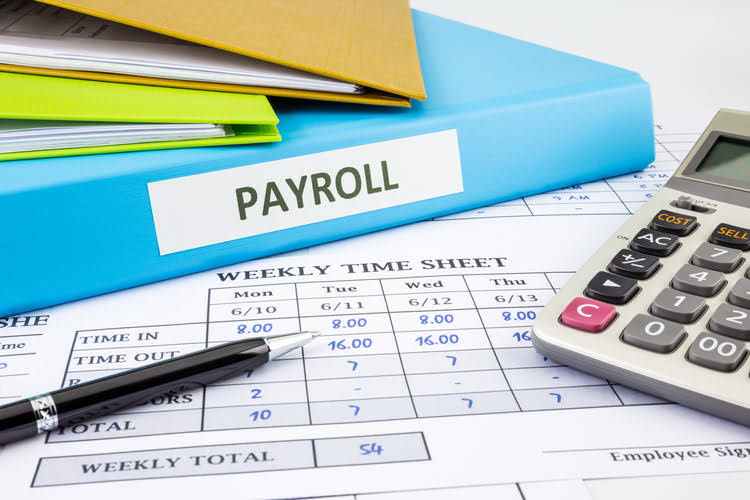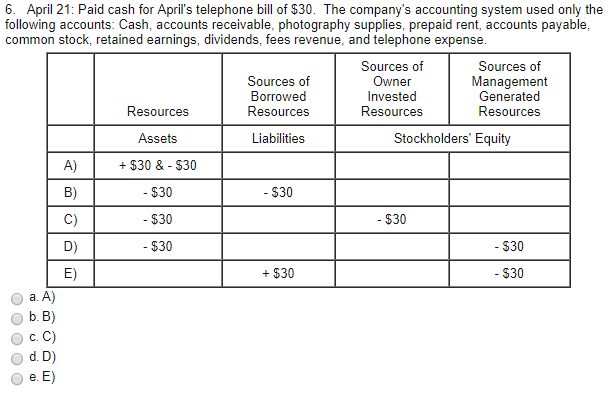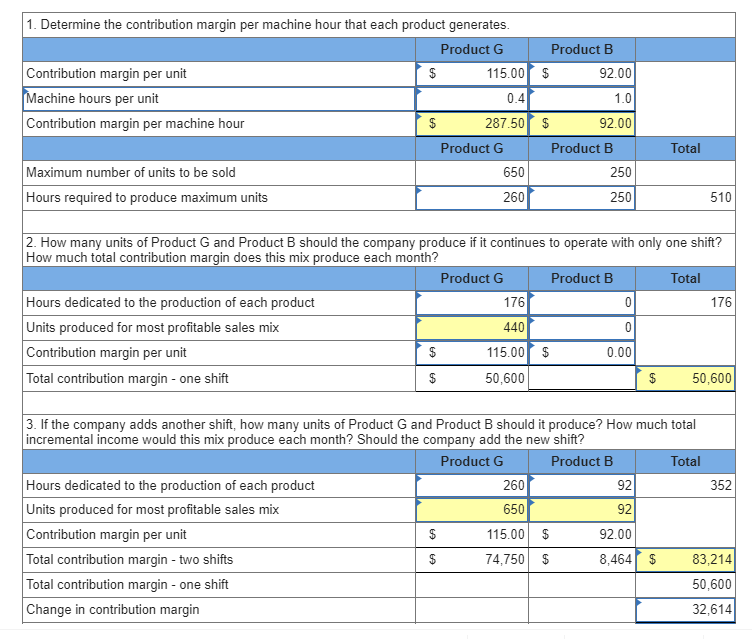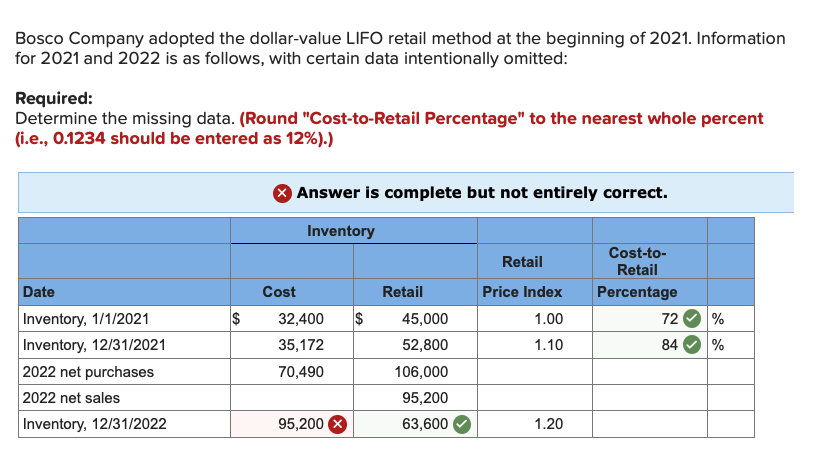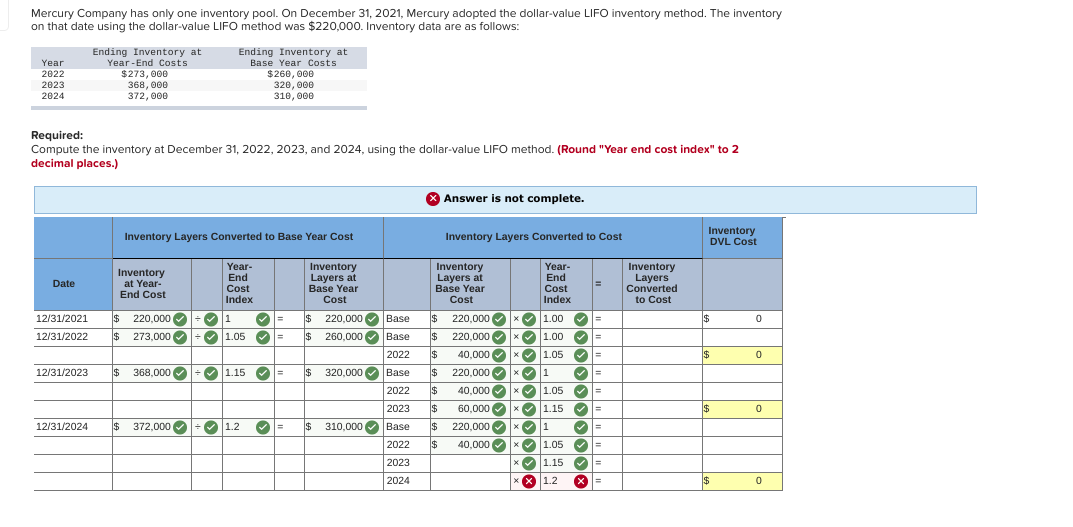Physical Inventory Count: Key Points and Best Practices
.jpeg)
Businesses should make a complete list of all items that need to be counted, along with their SKUs or barcodes, to ensure an accurate count and avoid missing anything. Carefully evaluating apps and software can choose the most suitable tools to streamline the counting process and enhance accuracy. Regularly conducting comprehensive stock counts enables businesses to detect discrepancies, potential theft, and inventory shrinkage, leading to the implementation of effective loss-prevention measures. This comprehensive counting process enables retail teams to establish an accurate record for the new year, encompassing the total cost of goods sold and the retail value of the merchandise.
The Process of the Physical Inventory Count
.jpg)
HashMicro is a go-to solution for businesses to make their inventory counts for inventory more effective. Helped more than 1750 clients all over Southeast Asia, this physical inventory vendor offers a comprehensive system with complete features. This could involve a manual system, such as count sheets where counters record the quantity of each item, or a digital system, such as barcoding or inventory management software. Next, it is important to notify all relevant stakeholders about the upcoming inventory count. This could include department heads, warehouse managers, or even the entire staff, depending on the business’s size and structure. This communication helps ensure everyone is aware of the process and can plan their work accordingly.
- Clear communication of this plan to all relevant staff is essential to ensure everyone understands their roles and responsibilities.
- These factors include the number of items managed (SKUs), daily sales, and whether the business uses technology like POS systems or barcode scanners.
- While all these best practices have merit and increase accuracy, they are best when taken together.
- The physical counting should be carried out in an orderly, systematic manner to avoid missing any items or double counting.
- This phase is where the theoretical data, often meticulously recorded in inventory management systems, confronts the tangible count of physical stock.
- Before the count begins, and until the initial count audit, all inventory transactions and movements should cease.
Physical Inventory: Steps, Best Practices & Tips
- Following are a few crucial steps to perform the annual physical inventory process.
- Check whether your inventory management software supports physical asset tracking, such as with a barcode scanner.
- The cycle counting method is a more systematic way of counting stock portions.
- Finding losses early lets us act properly, reducing the risk of having damaged goods.
- Creating a comprehensive inventory item list is a vital step in conducting a successful physical inventory count.
- This legal mandate underscores the importance of regular physical inventory counts, not just from a business perspective, but also for regulatory compliance.
- The most common cause is to ensure that the organization’s accounting records match the actual physical count of items in the warehouse or on the sales floor.
Even though there are several benefits of using the Annual Physical Inventory, the biggest issue of this process is that it takes a lot of time for the personnel to count and check every item individually. By promptly and reliably meeting customer demands, businesses can elevate customer satisfaction, strengthen their brand reputation, and foster long-term customer loyalty. Helps businesses to begin each year with a clean slate, ensuring the precision and responsibility of their inventory.
Advantages of annual physical inventory
Comprehensive planning, proper organization, and thorough training are all valuable components of an effective inventory count. This upfront investment of time and effort can save considerable resources during the count and improve the quality of the inventory data collected. Regulations and standards physical inventory procedures related to inventory counting are also noteworthy considerations. The International Financial Reporting Standards (IFRS) holds similar guidelines for businesses operating globally. Physical inventory counts provide an accurate snapshot of the stock on hand, allowing businesses to identify discrepancies and ensure accurate obsolete inventory management. Accurate inventory counts are vital for informed decision-making, optimizing operations, and preventing errors and stockouts.
Taking Counts
Deciding when to conduct a physical inventory count involves considering several factors that can significantly impact the effectiveness of the process. These factors include the number of items managed (SKUs), daily sales, and whether the business uses technology like POS systems or barcode scanners. This legal mandate underscores the importance of regular physical inventory counts, not just from a business perspective, but also for regulatory compliance. Inadequate or incorrect inventory counts could lead to misstated financial statements. This potentially results in legal repercussions, not to mention the harm to a company’s reputation. A physical inventory count, at its core, is a process wherein the quantity of each item or product in an inventory is physically counted and recorded.
.jpg)
Implementing cycle counting requires a well-organized system and trained personnel to execute the counts accurately. While it may require more ongoing effort compared to periodic inventory, the benefits of improved accuracy and reduced operational disruptions make it an attractive option for many organizations. A physical inventory count is essential for maintaining accurate inventory records and optimizing inventory management practices. TranZact helps businesses improve accuracy, prevent loss and optimize inventory levels with its ERP inventory management software. It allows firms to maintain proper inventory control and improve overall operational efficiency. The insights gained can inform strategic decision-making, support accurate financial reporting, and help identify opportunities for operational improvements.
Manual Counting Method
Save time and reduce human error by implementing barcode scanning for inventory counts. Software is also available that can turn smartphones and tablets into scanning devices for physical inventory counting. In the realm of physical inventory management, the culmination of meticulous counting, recording, and reconciling of stock is the critical stage of reporting. This phase is where the rubber meets the road, translating raw data into actionable insights for stakeholders.




